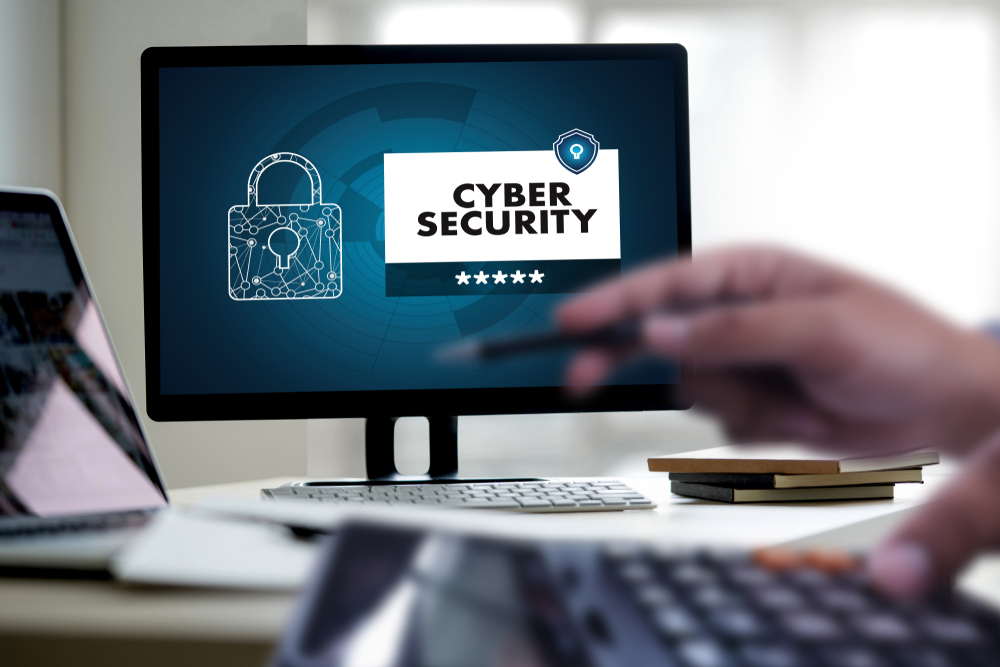How to Respond When Your Computer Is Infected by Malware
Learn effective steps to handle your computer after a virus infection, including disconnecting from the internet, safe mode boot, deleting temp files, and using trusted malware scanners. Protect your data and restore system security efficiently.
Sponsored

Steps to Take When Your Computer Becomes Infected with a Virus
A computer virus is a malicious software that can spread rapidly from one device to another, disrupting system functions and risking data loss or corruption. They often spread through email attachments, malicious links, or downloadable files from untrusted websites. Opening suspicious emails or clicking on unknown links can expose your system to these threats. Hackers also use pop-ups and fake ads to trick users into downloading viruses. To protect your device, it is crucial to act promptly if infection occurs. Here's what you should do.
Start by disconnecting your computer from the internet to prevent the virus from spreading further. Boot your system into safe mode, which loads only essential programs, preventing malware from activating. Delete unnecessary temp files to speed up virus scanning and free disk space. Use reliable malware removal tools to scan and quarantine threats. If your current antivirus misses the infection, try a different scanner for better detection. Once the system is clean, reconnect to the internet and run a thorough scan with updated anti-malware software, such as Malwarebytes. For best results, use licensed security programs with real-time protection and regular updates.






